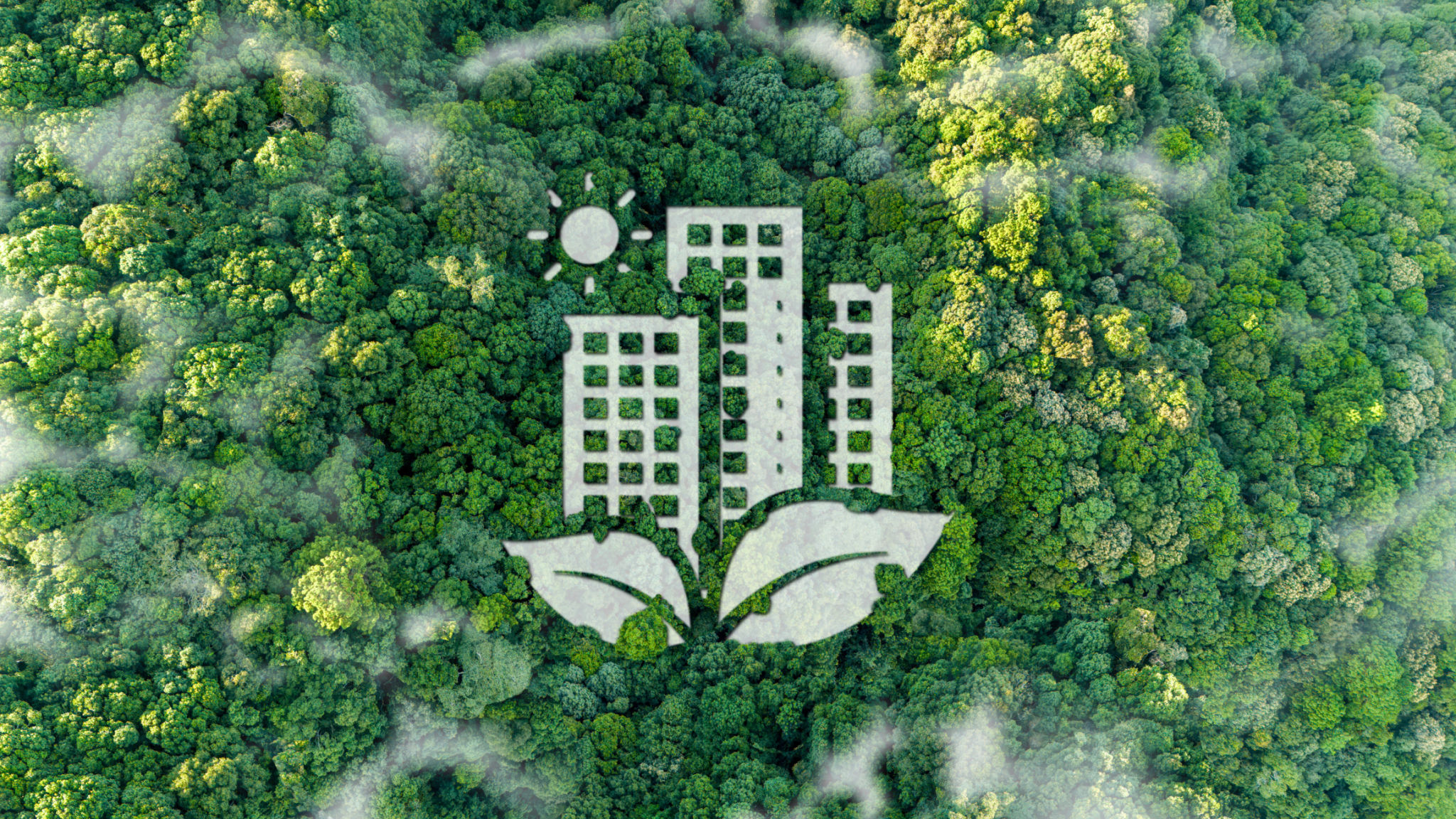The Benefits of Sustainable Building Practices in Residential Construction
Understanding Sustainable Building Practices
The construction industry has a profound impact on the environment, making sustainable building practices increasingly important. These methods focus on reducing waste, conserving natural resources, and minimizing energy consumption. By choosing sustainable practices in residential construction, we contribute to a healthier planet while also enjoying numerous other benefits.

Environmental Benefits
Sustainable building practices significantly reduce the environmental footprint of residential construction. By using materials that are renewable, recycled, or locally sourced, builders can cut down on the energy needed for transportation and processing. Additionally, sustainable buildings often incorporate energy-efficient systems and renewable energy sources like solar panels, which reduce reliance on fossil fuels.
Another environmental advantage is the reduction in waste. Sustainable construction methods aim to minimize waste during the building process by carefully planning material use and recycling excess materials. This approach not only lessens the burden on landfills but also conserves valuable resources.
Economic Advantages
While sustainable building practices may involve higher upfront costs, they offer significant long-term financial benefits. Energy-efficient homes typically have lower utility bills due to reduced energy consumption. Additionally, sustainable homes often require less maintenance and have longer lifespans, further reducing costs over time.

Moreover, homes built with sustainable practices often have higher resale values. As awareness of environmental issues grows, more homebuyers are seeking properties that align with their values, making sustainably built homes more attractive in the real estate market.
Health and Comfort
Creating a healthy living environment is a key focus of sustainable building practices. By using non-toxic materials and improving indoor air quality through better ventilation, these methods help reduce exposure to harmful chemicals and allergens. This can lead to improved health outcomes for residents, particularly those with respiratory conditions.
Additionally, sustainable homes are designed to maximize natural light and maintain comfortable temperatures throughout the year. This not only enhances occupant comfort but also reduces reliance on artificial lighting and heating or cooling systems.

Social Responsibility
Adopting sustainable building practices reflects a commitment to social responsibility. It demonstrates an effort to reduce the negative impact of construction on communities and ecosystems. By supporting sustainable development, builders and homeowners contribute to a more equitable distribution of resources and help ensure a better future for coming generations.
Conclusion
Incorporating sustainable building practices in residential construction offers a range of benefits—from environmental conservation and economic savings to improved health and social responsibility. As more people recognize these advantages, the demand for sustainable homes continues to grow, paving the way for a greener, more sustainable future in the construction industry.
